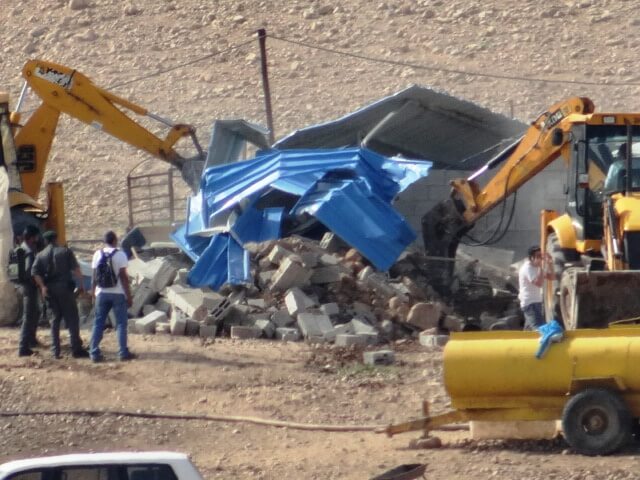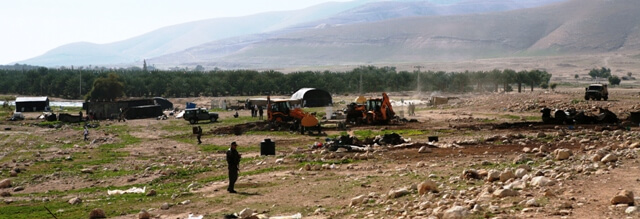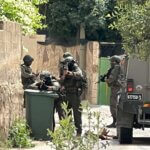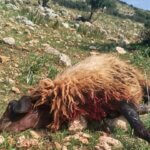Demolitions in Al Maleh and Abu al Ajaj
 One 24th January 2013 villagers in Al Maleh, northern Jordan Valley, faced their 8th day of demolitions and persistent harassment by the Israeli Occupation Forces. At 8am the IOF came to the village yet again and demolished two homes and an animal shelter, which had been hastily constructed following the levelling of the whole community just seven days earlier.
One 24th January 2013 villagers in Al Maleh, northern Jordan Valley, faced their 8th day of demolitions and persistent harassment by the Israeli Occupation Forces. At 8am the IOF came to the village yet again and demolished two homes and an animal shelter, which had been hastily constructed following the levelling of the whole community just seven days earlier.
The Israeli army then moved south to the village of Al Jitflik, where four homes and two animal shelters were destroyed in the Abel al Ajaaj community, which has been subject to regular settler attacks and demolitions over recent years. Activists on the ground report that all demolitions on the 24th were carried out using JCB machinery. Soldiers have told people if they make any attempt to rebuild bulldozers will return to knock it down.
The residents of Abel al Ajaaj area in Al Jiftlik had been given two months notice of the demolition order. However, they have nowhere else to go, and have been subject to a series of landgrab by settler’s from nearby Massu’a colony on several occasions in recent years.
The demolition of these four houses displaced four families, with a total of 30 residents. Another eight structures used for keeping livestock, an essential part of the livelihoods of the families were also demolished.
Around 12 Jeeps and two JCB bulldozers were used in the demolitions, the speed of which meant that there was not time to remove the residents’ belongings from the houses.
Al Jiftlik Village, like all villages in Area C, has suffered a continuous pattern of harassment by the Israeli army. The United Nations Office for the Coordination of Humanitarian Affairs (OCHA) has reported that 70% of Area C is off-limits to Palestinian construction, while another 29% is heavily restricted.
The Israeli Civil Administration’s severe restrictions on planning, building and accessing services for Palestinians living in Area C often leaves families with two choices; leave Area C, or build without permission. Because of this, many families chose to build without permission, risking (and often suffering) the destruction of their property.






